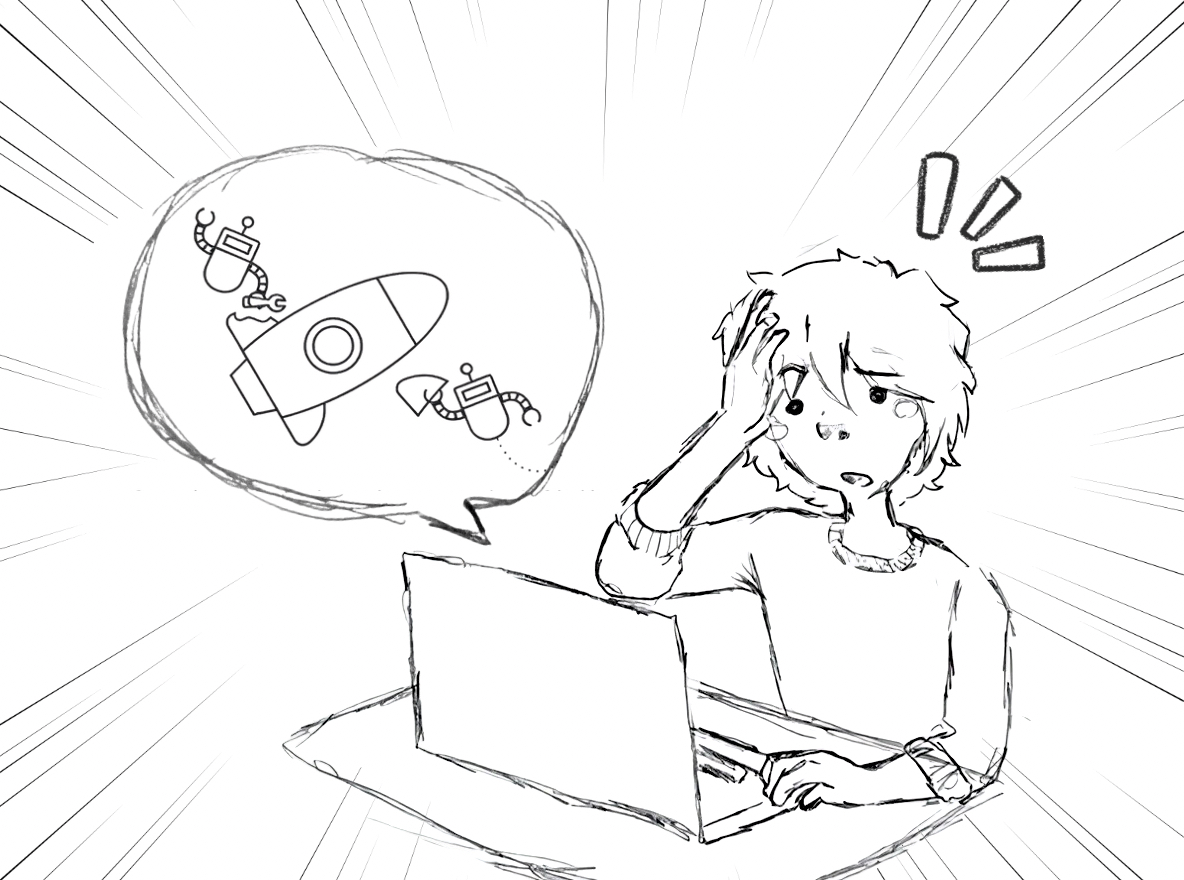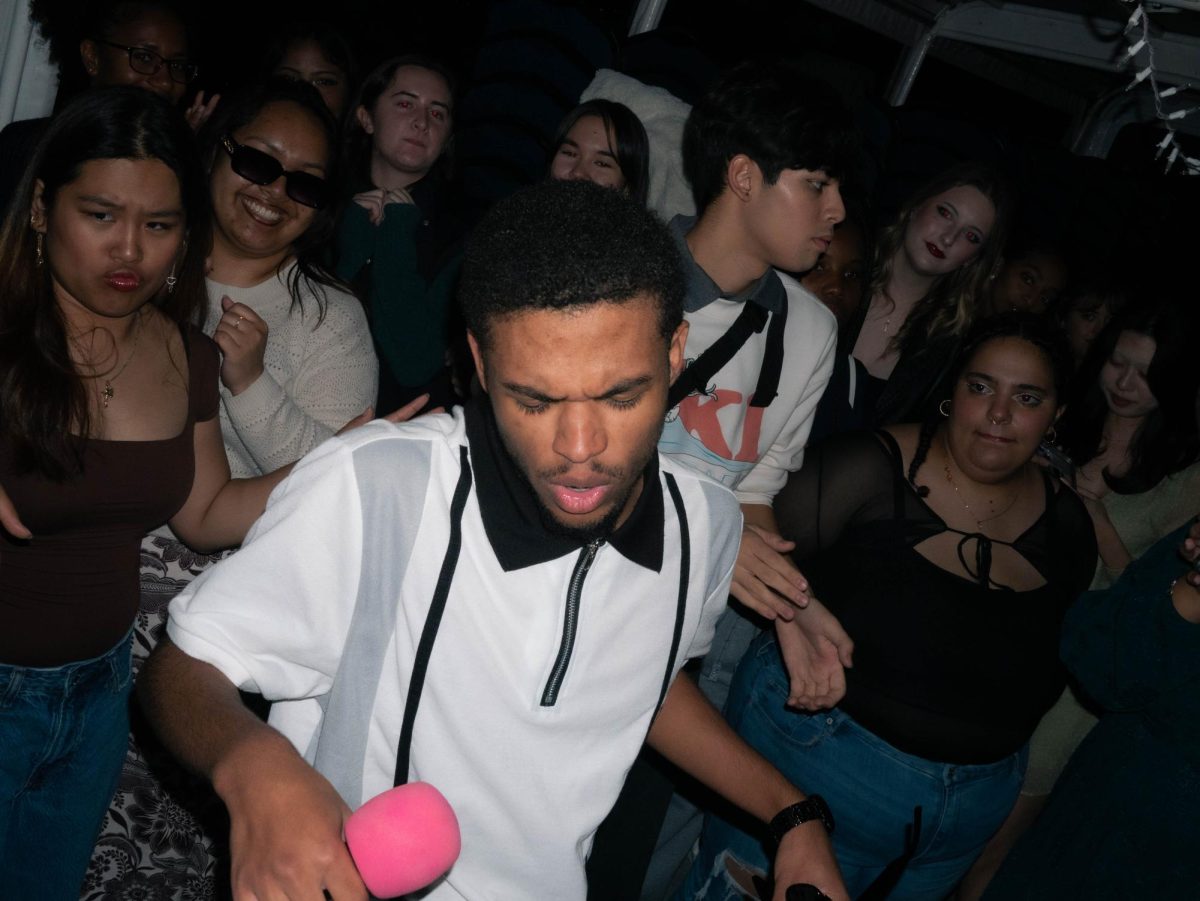SPU students and faculty feel the strain of increased traffic
by Shad Galloway and Luisa Aleman
Seattle is a growing city. The Alaskan Way viaduct — a stretch of road that passes over Pike Place Market and the Great Wheel along the Aquarium — opened on April 4, 1953.
The viaduct is a faster, more efficient way of traveling through Seattle.
Upon hearing about the closure, dread and a great deal of annoyance was common among most commuters, who instantly worried for their commutes home, to work or to school.
People immediately started planning how they would alter their drives to adjust to this closure, which most foreshadowed to be catastrophic. The viaduct became a common conversation and center of small talk once the closure was announced, workers and students alike bonding over the overall distress that they predicted this would add to their already dead-of-winter-stressful lives.
Surprisingly, traffic did not change as much as many expected.

Tom Amorose, an English professor at Seattle Pacific University, lives on a nearby island and said that a change in traffic has not been seen, but that he has noticed a 10 percent rise in commuters on the ferries he takes.
“More people are taking earlier fairies in the morning and later in the afternoon,” Amorose said.
Beyond this, he says he has not seen any significant effect of the viaduct closure.
Sarah Mosher, costume designer and costume shop manager for SPU, said, “The first few days were a breeze because everyone planned ahead.”
But as people began to notice that the closure would be for a longer period of time, and as the longer the closure went on, the worse the traffic became.
“Instead of coming in at 7 a.m., I leave before 6 a.m.,” Mosher continued.
Robert Banks, a sophomore at SPU, said that the trip from Seattle to Gig Harbor that usually takes under an hour has been extended to three hours because of the “Seattle Squeeze.”
Banks himself opted for the train instead due to this switch.
Mosher reported that other people she knew decided to switch to the water taxi, and some people even resorted to not going to work at all and finding alternative online options instead.
The viaduct will be demolished starting in February, and another highway will take its place. There must come a time where Seattle and the residents in Seattle become adjusted to change. The viaduct destruction is a good start to that movement.
A first-year at SPU, Delaney Chase, who walked along the closed highway one Friday afternoon said, “It doesn’t look that bad.” Traffic is not too much worse, and within itself the closed off highway inspires hope for new plans in the future — only a matter of adjusting.

This closing of the viaduct provides another example of how diversely the people of Seattle feel about the current state of the city. The traffic caused by closing an important section of highway may affect many residents who are trying to commute to and from their place of work; however, to some, change is not necessarily a bad thing.














































































